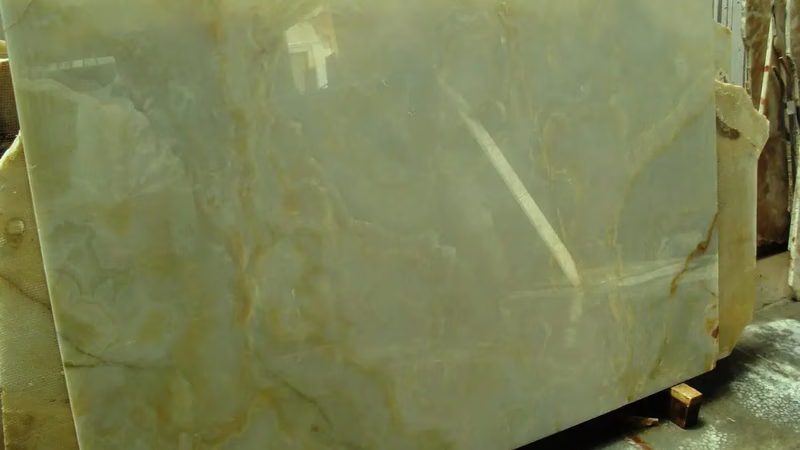
Natural marble enhances elegance in building design and landscaping.
Marble flooring is highly coveted for its luxurious and elegant appearance. It is often used in high-end residential and commercial spaces, such as foyers, lobbies, hallways, and living areas. The polished surface of marble reflects light, enhancing the overall ambiance of the space. Marble is frequently used as wall cladding in interior and exterior applications. It can be installed as large slabs or cut into smaller tiles for a variety of design options. Marble cladding adds sophistication and a timeless appeal to walls, creating visually striking features in hotels, offices, retail stores, and residential buildings.
Marble is often employed for decorative elements such as moldings, medallions, and borders. These embellishments can enhance the overall design of a space, adding a touch of elegance and refinement. In outdoor settings, natural marble can be used for various landscaping features, including garden pathways, fountains, benches, and decorative accents. Its durability and resistance to weather make it suitable for enduring outdoor installations. The stones are used in a variety of applications .Among them will be several categories of building construction, making of stone artifacts, oral administration and manufacturing industries. You will learn more about these in the following:
It's worth noting that the specific type of marble, its color, veining patterns, and finishes can greatly influence its suitability for different applications. Additionally, considering the maintenance requirements and the potential for staining and etching is crucial when using natural marble building stone. Marble as a building stone has its own fans. The price of marble is a relative higher to other types of stone for building. But it can also far superior quality stones than others such as travertine and granite. Marble building applications include:
- exterior design
- The wall between the cabinets
- Flooring
- The stairs
- Counter
- Bathroom Design
- Interior wall covering
Natural marble building stone has been utilized for centuries in various architectural and design applications. Its unique beauty, durability, and versatility make it a popular choice for a wide range of uses. As we have noted, the use of this stone in the manufacture of stone artifacts. This eliminates the ability to buy items such as a stone fountain, stone door phone as well as a variety of sculpture and elements of the buildings decorative. Other things:
- Coffee table dining
- Decorative lamps
- Table
Marble is a popular choice for kitchen countertops, bathroom vanity tops, and other surface areas where a touch of elegance is desired. Its smooth surface, wide range of colors, and distinctive veining patterns make it a beautiful and functional choice. However, it's important to note that marble is susceptible to staining and etching, so proper sealing and maintenance are essential. Marble stairs and steps are both functional and aesthetically pleasing. The durability of marble ensures that it can withstand heavy foot traffic while adding a touch of sophistication to staircases in residential and commercial settings.
Marble is a suitable material for fireplace surrounds and hearths due to its heat resistance. It brings a touch of luxury and elegance to these focal points in residential and hospitality spaces. Marble has been a popular choice for columns and pillars in classical and neoclassical architecture. Its strength, durability, and timeless beauty make it an ideal material for creating grand entrances, porticoes, and other architectural elements. Marble's workability and aesthetic appeal make it a preferred material for sculptures and artistic installations. Sculptors have been using marble for centuries to create intricate and detailed masterpieces, showcasing the stone's natural beauty.
-
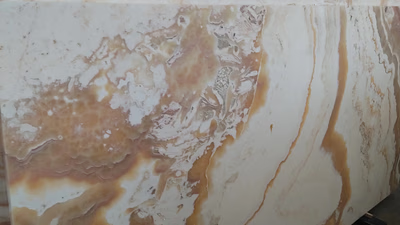
Selecting the right type of marble is crucial for its intended use, whether for flooring, countertops, or decorative accents. Factors such as color, veining patterns, durability, and maintenance requirements should be considered. Proper surface preparation is essential; the area must be clean, level, and free from debris. For flooring installations, marble tiles or slabs should be adhered using thin-set mortar or adhesive with careful alignment and spacing. Grouting and sealing are necessary to prevent staining and moisture penetration. In kitchen and bathroom applications, professional stone fabricators are recommended for cutting and shaping marble slabs to fit specific dimensions. Regular maintenance with pH-neutral cleaners is advised to preserve the surface. Marble can also enhance aesthetic appeal as wall cladding; proper installation involves ensuring a clean surface and using adhesive or mortar effectively.
Custom architectural elements like columns and moldings can be crafted from marble by skilled artisans. Overall, understanding the properties of different marble types and their applications can lead to successful installations in various settings.
-
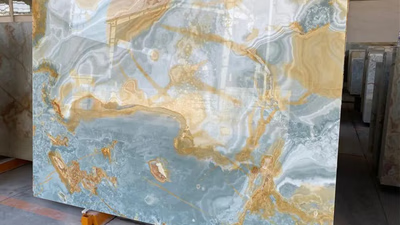
West Asian marble stones are characterized by diverse textures and veining patterns, ranging from fine grains to pronounced linear or wavy veins. The color palette includes classic whites and beiges, as well as shades of brown, gold, gray, and green, influenced by mineral composition and geological processes. These marbles are durable and suitable for various applications due to their strength and resistance to wear. Historically significant, Middle Eastern marbles have adorned iconic structures like the Taj Mahal and Alhambra. Notable varieties include Carrara marble, known for its fine texture; Emperador marble with its rich brown tones; Crema Marfil featuring subtle veining; and Jerusalem Gold marble with its golden hues. Each type is valued for its aesthetic appeal in both traditional and contemporary designs. The region"s marble industry continues to thrive, producing high-quality stones that enhance the elegance of spaces while offering practical benefits such as heat insulation and anti-allergy properties. Marble"s unique features make it a sought-after material in construction and design.
-
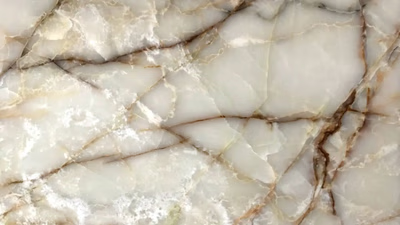
Marble powder, derived from grinding marble, serves multiple roles in pharmaceutical and industrial applications. In pharmaceuticals, it acts as an excipient, enhancing tablet hardness and stability while being a key ingredient in antacid formulations due to its calcium carbonate content. This property helps alleviate symptoms of acid reflux and heartburn. Beyond pharmaceuticals, marble powder is utilized in soil amendments to improve fertility and pH levels, as well as in water treatment processes to remove impurities. Its versatility extends to various industries where it functions as a filler or additive in paints, plastics, and cosmetics. The quality of marble used is crucial for its effectiveness across these applications, necessitating adherence to regulatory standards. Additionally, marble"s hardness allows it to be employed as an abrasive material for cleaning and polishing surfaces. Overall, the diverse applications of marble powder highlight its significance beyond traditional uses in construction. "
-

Marble is a highly sought-after building stone known for its luxurious appearance and versatility in various applications. It is commonly used in high-end residential and commercial spaces, enhancing the ambiance with its polished surface that reflects light. Marble serves as wall cladding, flooring, and decorative elements like moldings and medallions, adding sophistication to interiors. Its durability makes it suitable for outdoor landscaping features such as pathways and fountains. The specific type of marble, including color and veining patterns, influences its application suitability. While marble is more expensive than other stones like travertine and granite, its superior quality justifies the cost for many buyers. Key applications include exterior design, kitchen countertops, bathroom vanities, stairs, and fireplace surrounds. However, maintenance is crucial due to marble"s susceptibility to staining and etching.
Overall, natural marble has been a favored choice in architecture for centuries due to its unique beauty and functionality. "
-
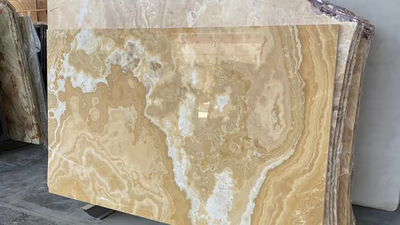
Marble is a metamorphic rock characterized by its diverse colors, veining patterns, and moderate to high luster. The coloration results from impurities during formation, while the veining adds aesthetic appeal. Marble"s grain can vary from fine to coarse based on its original limestone composition and metamorphic intensity. Although it is softer than other stones, with a Mohs hardness of 3-4, marble is susceptible to scratching and staining due to its porous nature. Proper maintenance, including sealing and prompt spill cleanup, is essential for preserving its appearance. The unique physical properties of marble are influenced by geological history, including pressure and temperature conditions that affect its microstructure. Despite its vulnerabilities, marble remains a popular choice for sculptures and architectural elements due to its workability and heat resistance. Regular care can enhance the longevity of marble in various applications. "





